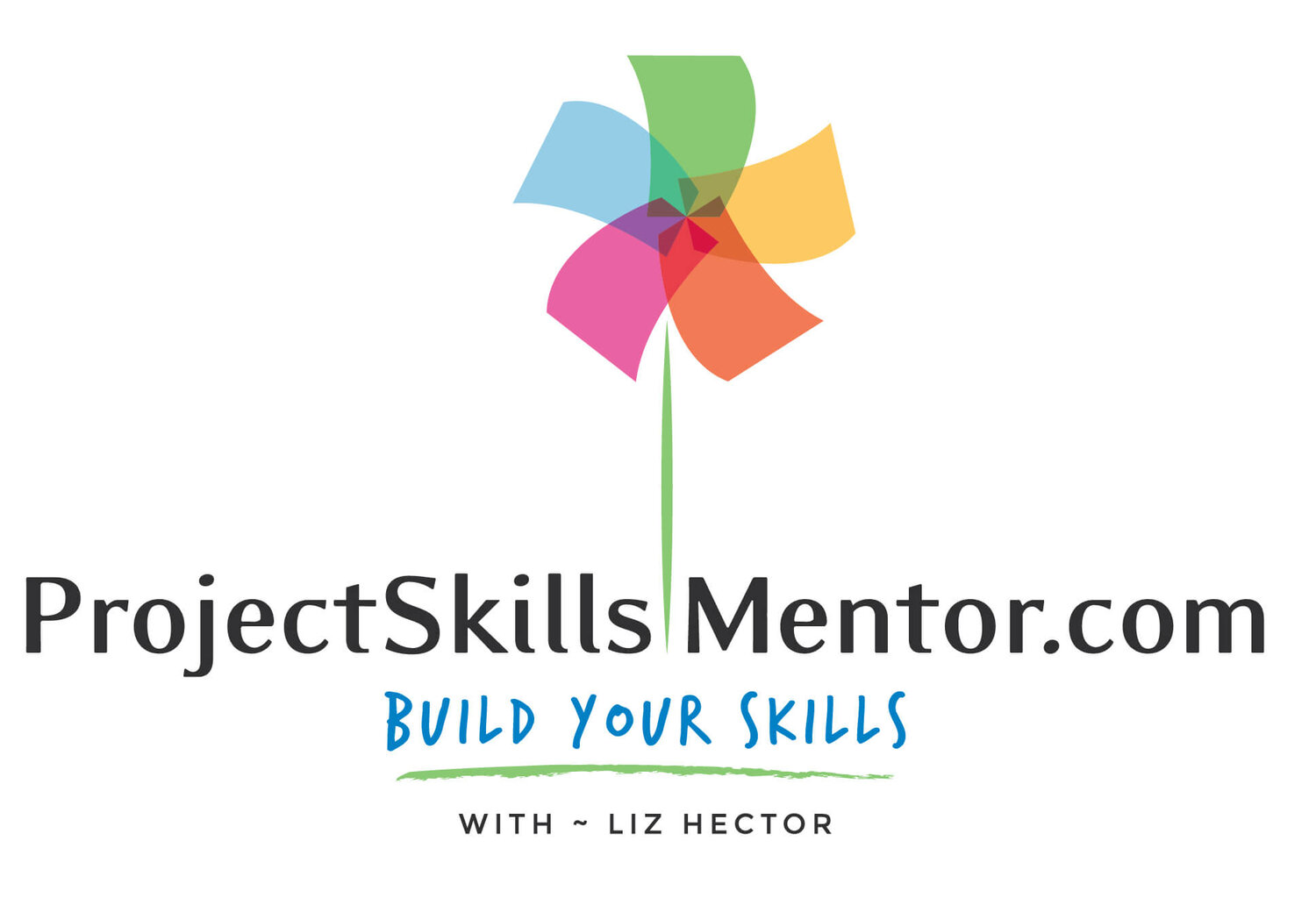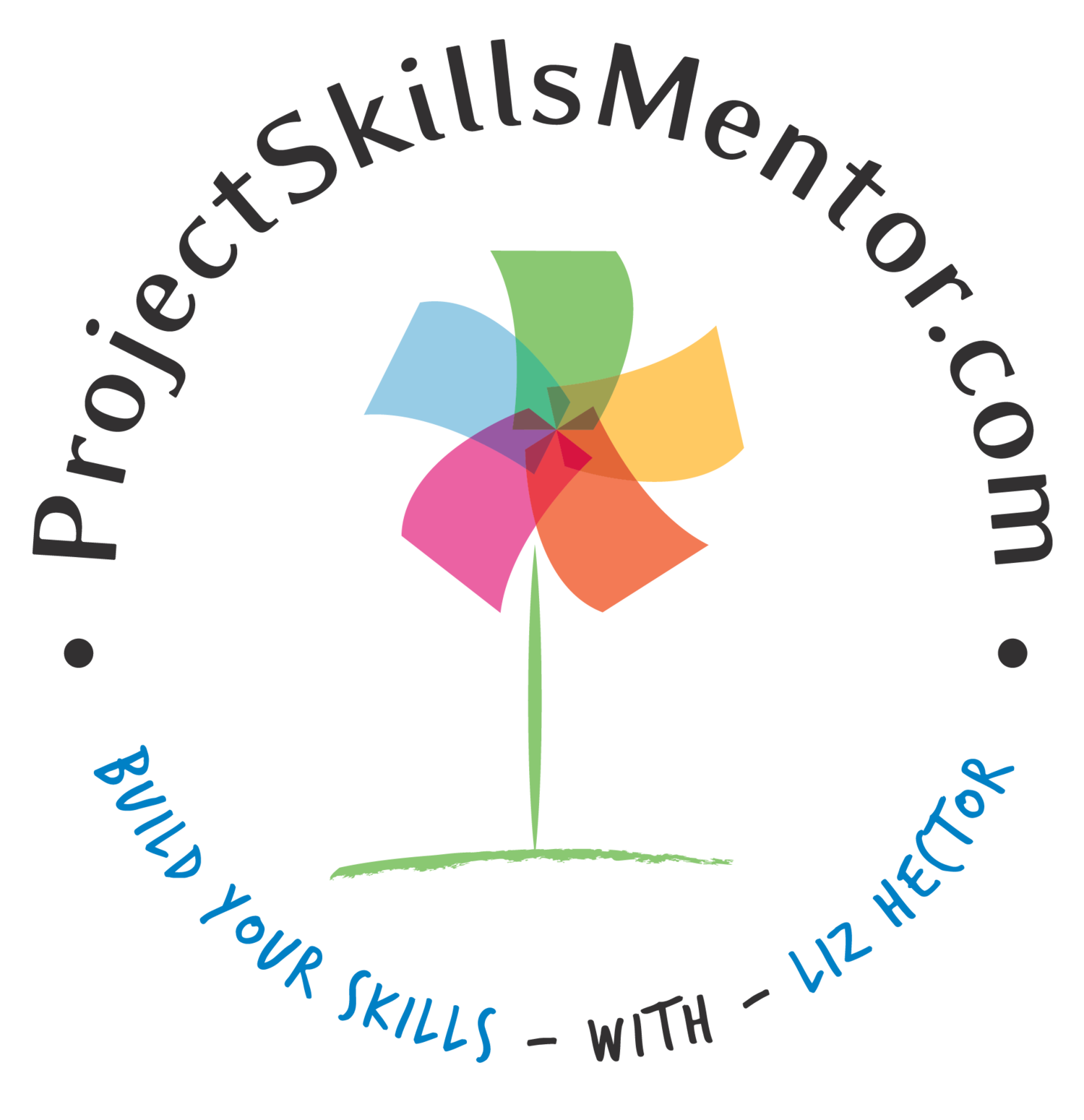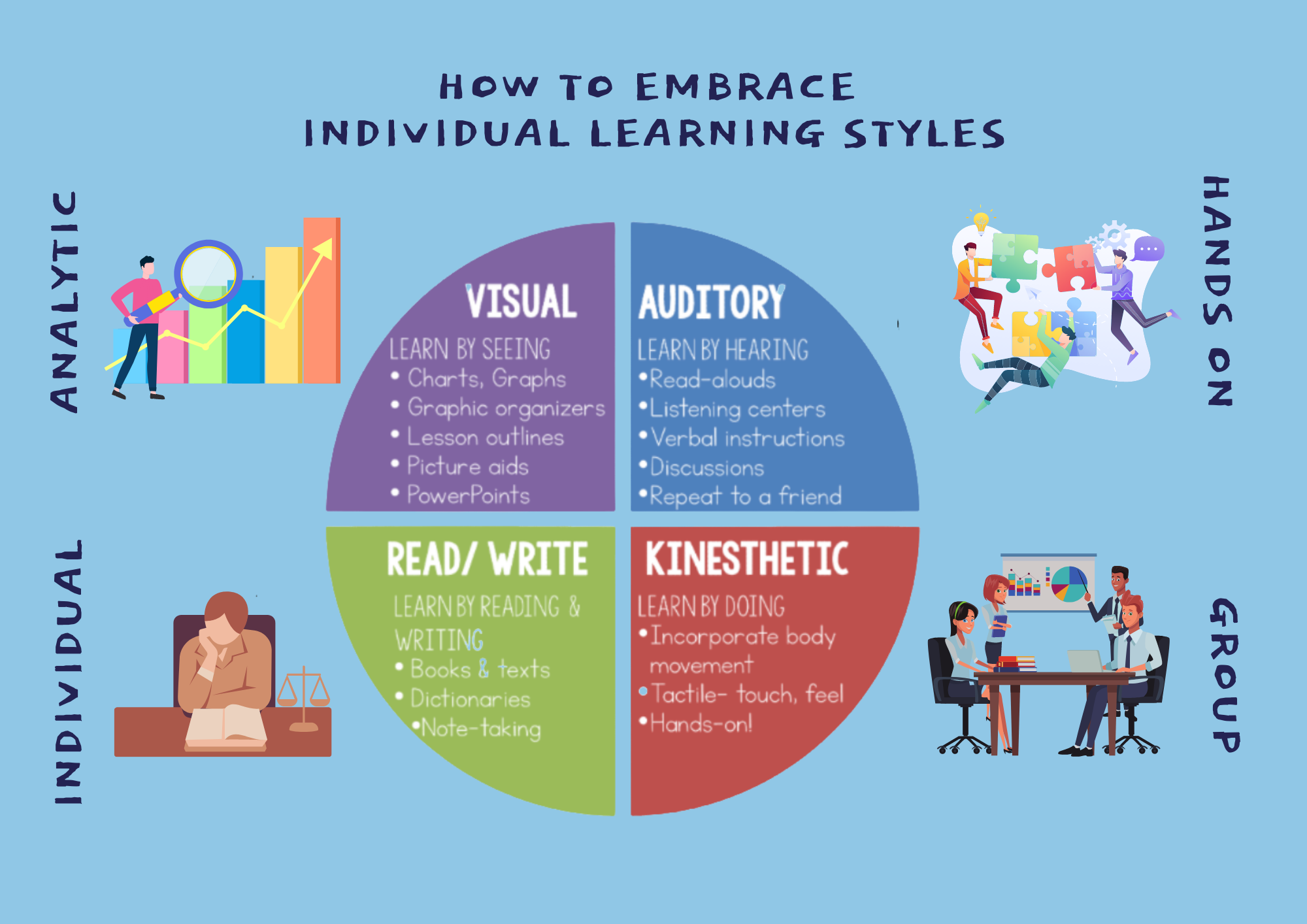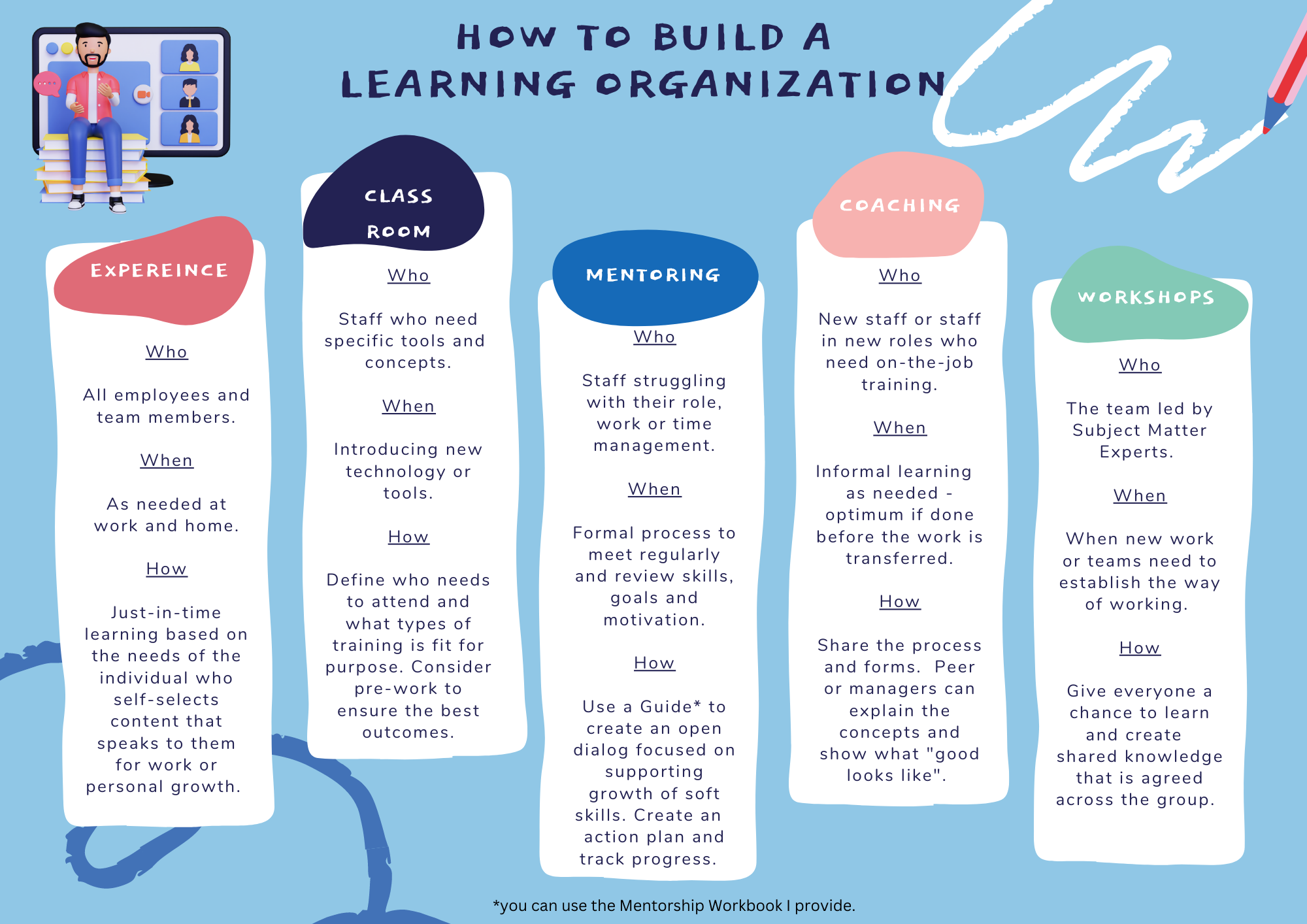The Power of the Learning Organization
Managers know that creating a learning organization is the gold standard in culture and team behavior. Studies show that learning organizations yield better results for outcomes, people, and organizations.
For every dollar invested in training, companies received $4.53 in return. That’s a 353% Return on Investment.
-Accenture Study
How to create a learning culture
Promote curiosity
Invest in continuous learning
Provide on-the-job coaching
Hold ‘lessons learned workshops’
Celebrate learning moments
Organizations with learning cultures may promote individual learning. But shared learning promotes shared knowledge acquisition, accumulation, and implementation. The right culture is needed to promote continuous knowledge growth and skills building. The best learning organizations put a few key principles into practice. Let’s take a look at these.
Workplace learning is collective
- Nigel Pain, Workplace Learning
The Learning Organization concept has been around since the late 1980s and has gained more traction in businesses that are savvy about their clients, employees, and their unique selling point in the marketplace. They know that long-term success comes from continuing to learn, grow and adapt to changing conditions. The ability for employees to continuously learn is key to this capability.
A Learning Organization values and encourages learning from its employees and the external environment. It is a type of organization that is more open to new ideas, encourages experimentation, and values the exploration of new concepts. Through this type of organizational structure, employees are more empowered to develop innovative solutions, share their knowledge, and develop the skills the organization needs to succeed. Ultimately, the Learning Organization culture helps to create an environment of continuous growth and development, which can lead to increased productivity, better decision-making, and improved organizational performance.
If learning aims to improve employees and the organizations they work for, companies need to provide more formal and informal learning of hard and soft skills. After all, employees (especially millennials) consider training and development as the most important workplace policy. In essence, companies that don’t value learning don’t value their employees. The impact? They can expect an exodus of their talent. According to GrowthFaculty, 40% of new employees who receive poor job training will leave their positions within the first year.
What makes a Company into a Learning Organization?
A Culture of Learning: Creating an environment of openness and trust where people are encouraged to think creatively, take risks, and learn from their mistakes.
Leadership: Developing a shared vision, setting clear expectations, and creating an environment where people are empowered to take the initiative and learn.
Collaboration: Encouraging collaboration, communication, and cooperation to promote building on individual and team experiences.
Knowledge Sharing: Encouraging the exchange of ideas, best practices, and ways of working through formal and informal learning opportunities.
Individual Growth: Inspiring each individual to own their personal learning journey.
Personalization: Recognizing the diversity of learning styles, creativity, and knowledge creation.
Evaluation: Monitoring and assessing the organization and teams learning goals; celebrating success and lessons learned.
Knowledge Management for Projects
Knowledge Management is an important part of successful Project Management. Projects involve collecting, organizing, and distributing information to stakeholders. But knowledge management involves capturing and sharing best practices and lessons learned and adopting a continuous learning approach. This approach should include the skills and knowledge needed for the project to succeed and for the individual team members to thrive. Managers should design continuous learning into their projects at the start. It helps if the project charter and other documents include the scope, process, timing, and effort needed to enable project-based continuous learning. This way, the cost is accounted for from the start. Counter stakeholders who feel the costs and effort will not contribute to success with studies from Harvard Business Review, Forbes, and others that show knowledge management can improve overall project performance and help ensure that projects are completed on time and within budget.
Large projects can benefit from using tools such as learning management systems (LMS) or project software to store and manage team learning as part of the project work. If you'd like to see some of the project software that may help your project, check out this video summarizing the pros and cons of 5 best-selling applications.
How do People Learn Matters
Individuals have different approaches to learning. What learning means to them and how their brains process, absorb, and retain information can be very different. While most of us use a combination of attributes, understanding different ways of learning can be very helpful. Learning attributes other than the preferred approach can also help strengthen learning 'muscles.' Another way to build learning skills is when adapting to different learning environments. Projects can benefit from leveraging the learning diversity of team members.
It is generally agreed that people learn in a variety of ways. Most of these approaches can be broadly defined as one of these four:
Visual - they need to see it to understand it. Think modeling, flow charts, pictures, and infographics.
Auditory - these learners process what they hear best. Try podcasts, audible, recorded training sessions.
Read/Write - many find that note-taking and documents work best. Focus on minute minutes, training textbooks, and manuals.
Kinesthetic - is a little used, but proven way people learn. Linking body movement with brain power creates a literal form of muscle memory. Workshopping a model of the process or an icebreaker that uses gamification to build the product on paper can be a great way to engage with these learners (and everyone else).
But there is another aspect of learning: the situational environment. Again, depending on the topic, individuals may have a natural approach. Understanding how the individuals and the situation may foster a natural way to process information and arrive at an answer. Some of these ways include:
Analytic - Assessing a problem from a data set or academic approach is helpful when complex scenarios are difficult or costly to assess in practice. Analytic thinkers can also be introverts who like to think through an issue alone before joining the team in the discussion.
Hands-on - Problem solvers who like to work through the problem with their hands may find this way of 'trial and error' the most effective. This process is used for many projects where agile is valued for its iterative nature.
Individual - This is often how subject matter experts create 'straw models' to be assessed within a group setting. But remember that technically-minded people often prefer this as their primary way of solutioning. Also, this approach protects introverts who can 'get lost in the crowd' in group sessions.
Group - Workshops and meetings with input from all can be a great way to build team energy, Define an approach that meets the needs of different communities (e.g., technology and functional staff), It can also be beneficial for brainstorming, or to let new team members better understand the project and their teammates.
How to move from Informed to Actionable
Managers may know what a learning organization is and offer their team members flexibility for how they personally learn, share, and address problems. But what kinds of learning moments should a Manager build into their project team? And which of these approaches serves the team best for what kind of activity?
See these articles if you want to know more about Coaching versus Mentoring, or to get the Mentorship Workbook.
Defining which types of training, learning, coaching, and solutioning will be used by the team is key to planning your learning effort, time, and cost for the project. Assess the team:
Where are they in their project maturity (norming storming performing)?
Do you have new members or staff with new roles needing attention (through peer coaching or mentoring with a manager)?
What are the project teams' skills gaps, and how will you address them (Subject matter expert-led workshops or classroom training)?
Continuously Improving your Learning Organization
Establishing goals and tracking progress is the best way to get better at something. Managers should do that with team learning goals as well. But remember to focus on the positive reinforcements and celebrations. You cannot force someone to learn, so don't make learning feel like a punishment. When you focus on encouraging a learning culture, learning will happen naturally.
5 Tips on how Managers can encourage on the job learning
Encourage team members to ask questions and offer feedback in team meetings and one-on-one conversations.
Provide employees with opportunities to attend training and workshops to build their skills and knowledge.
Allow employees to shadow one another to gain valuable insight into different organizational roles.
Create a buddy system where experienced employees mentor and coach newer employees.
Give team members access to online or digital learning resources to enhance their skills and knowledge.




